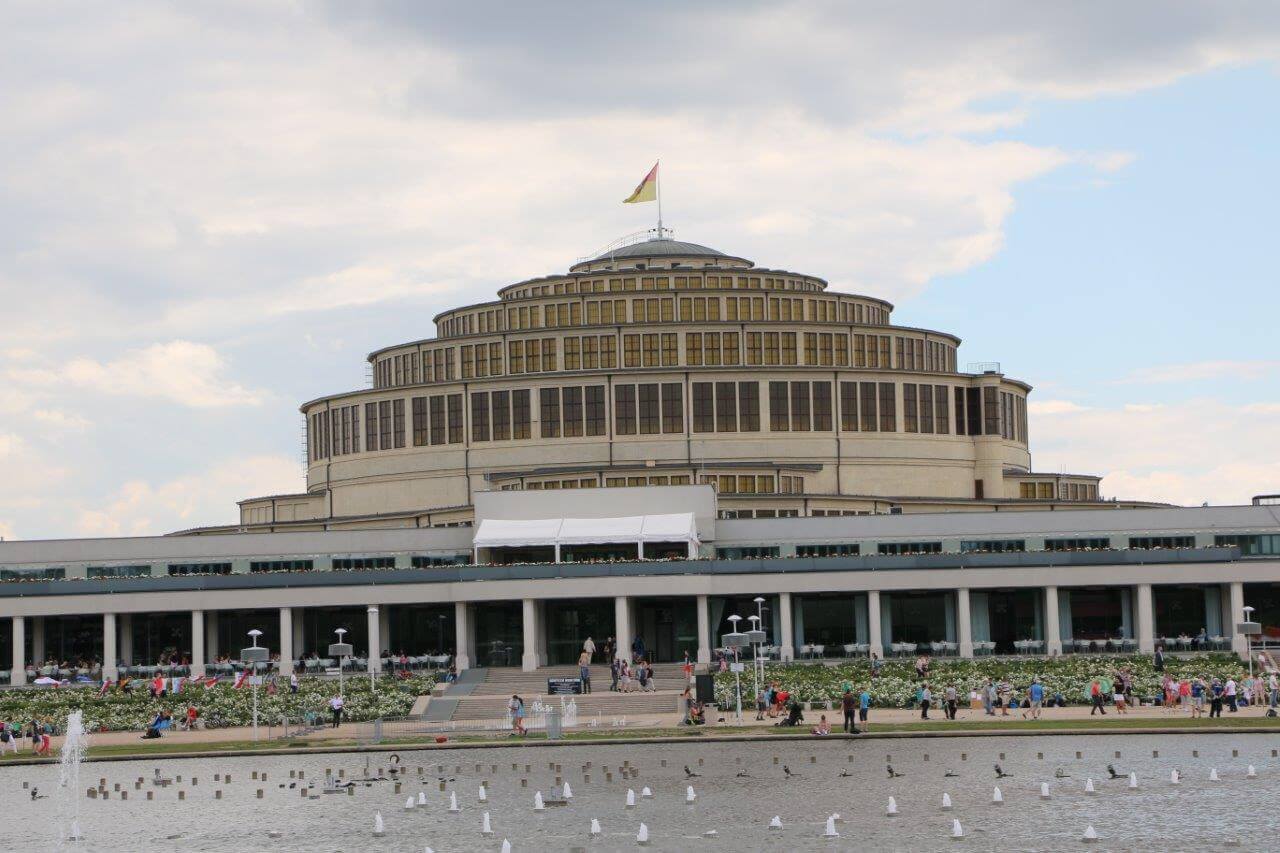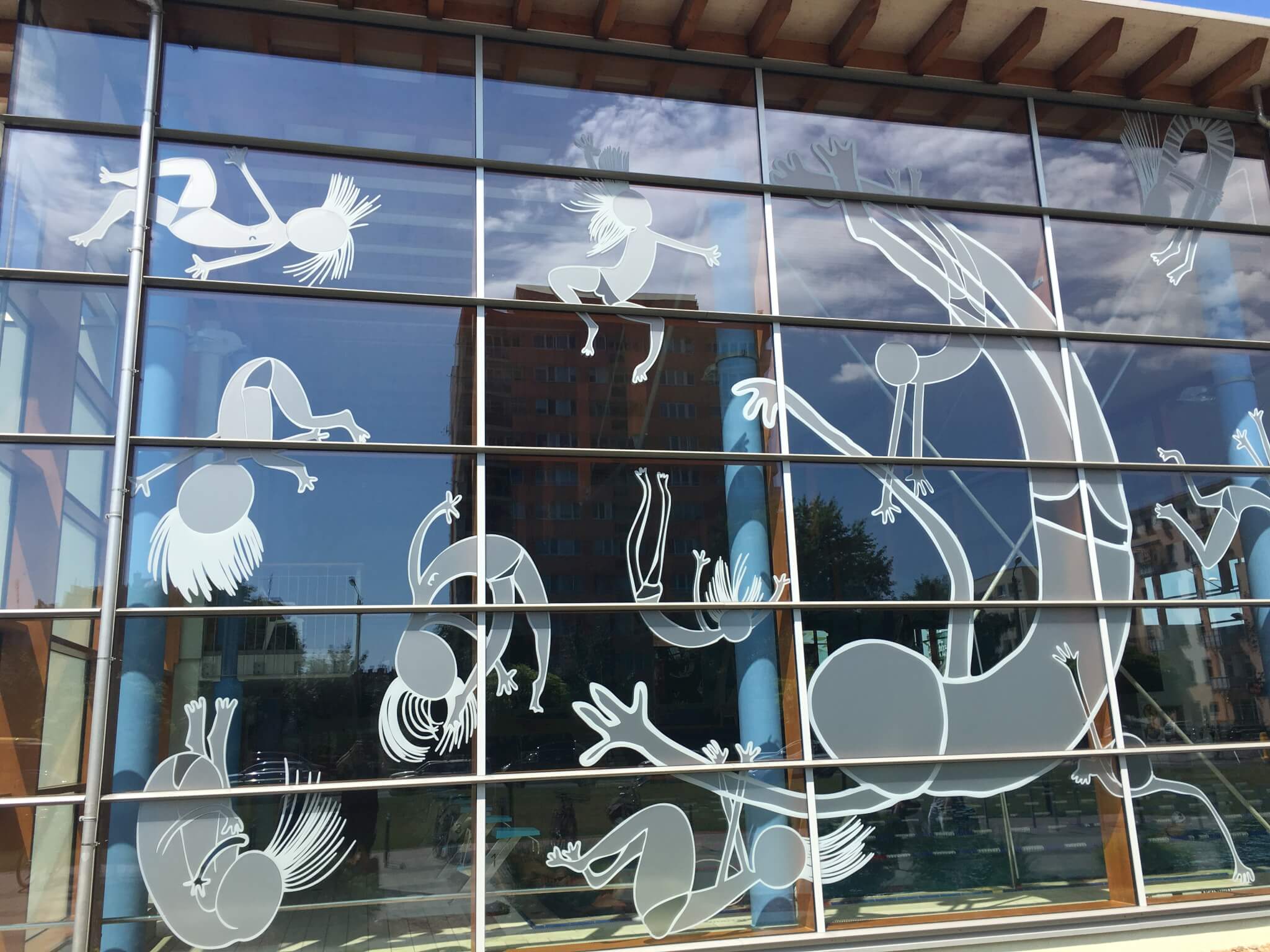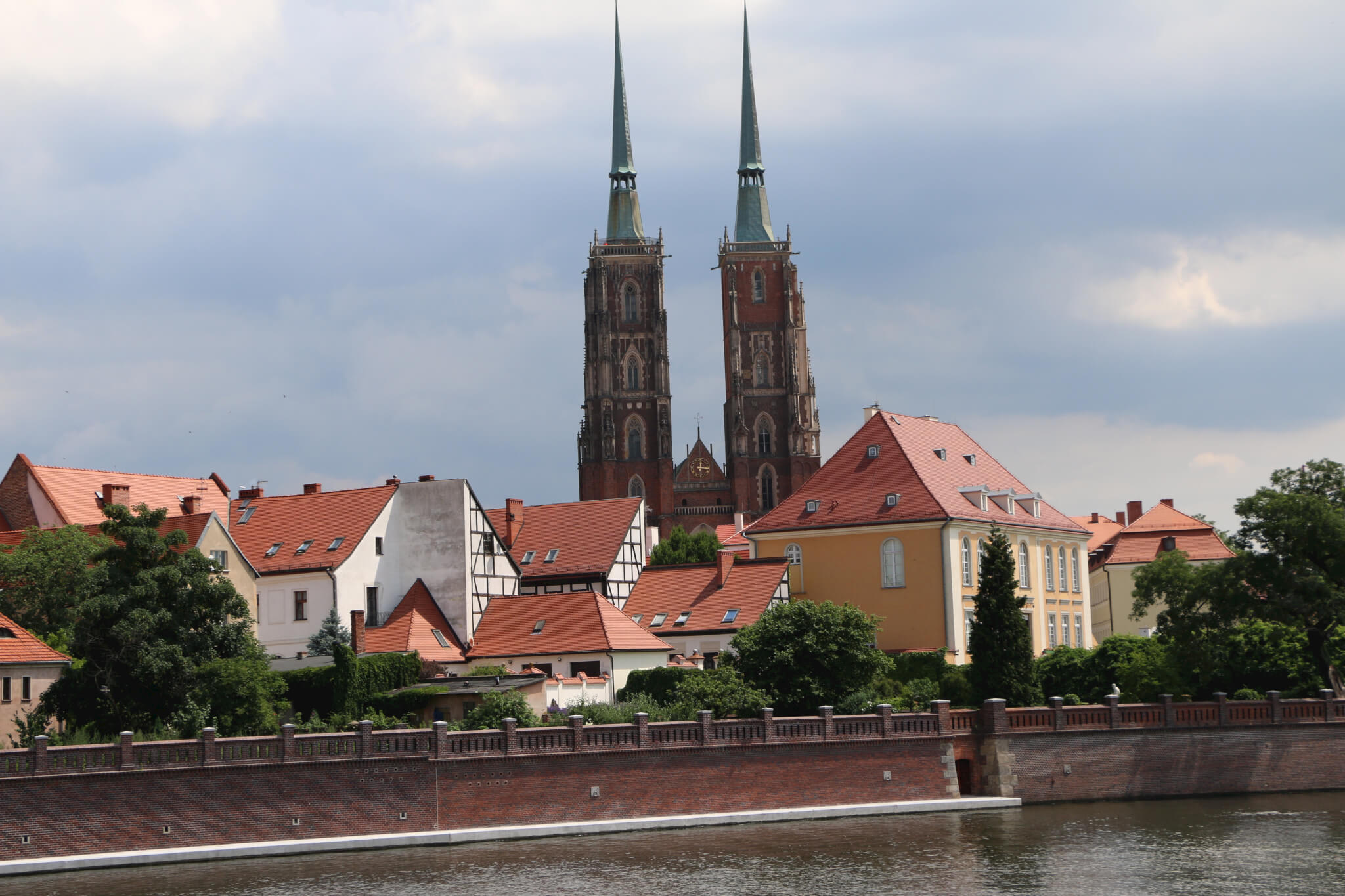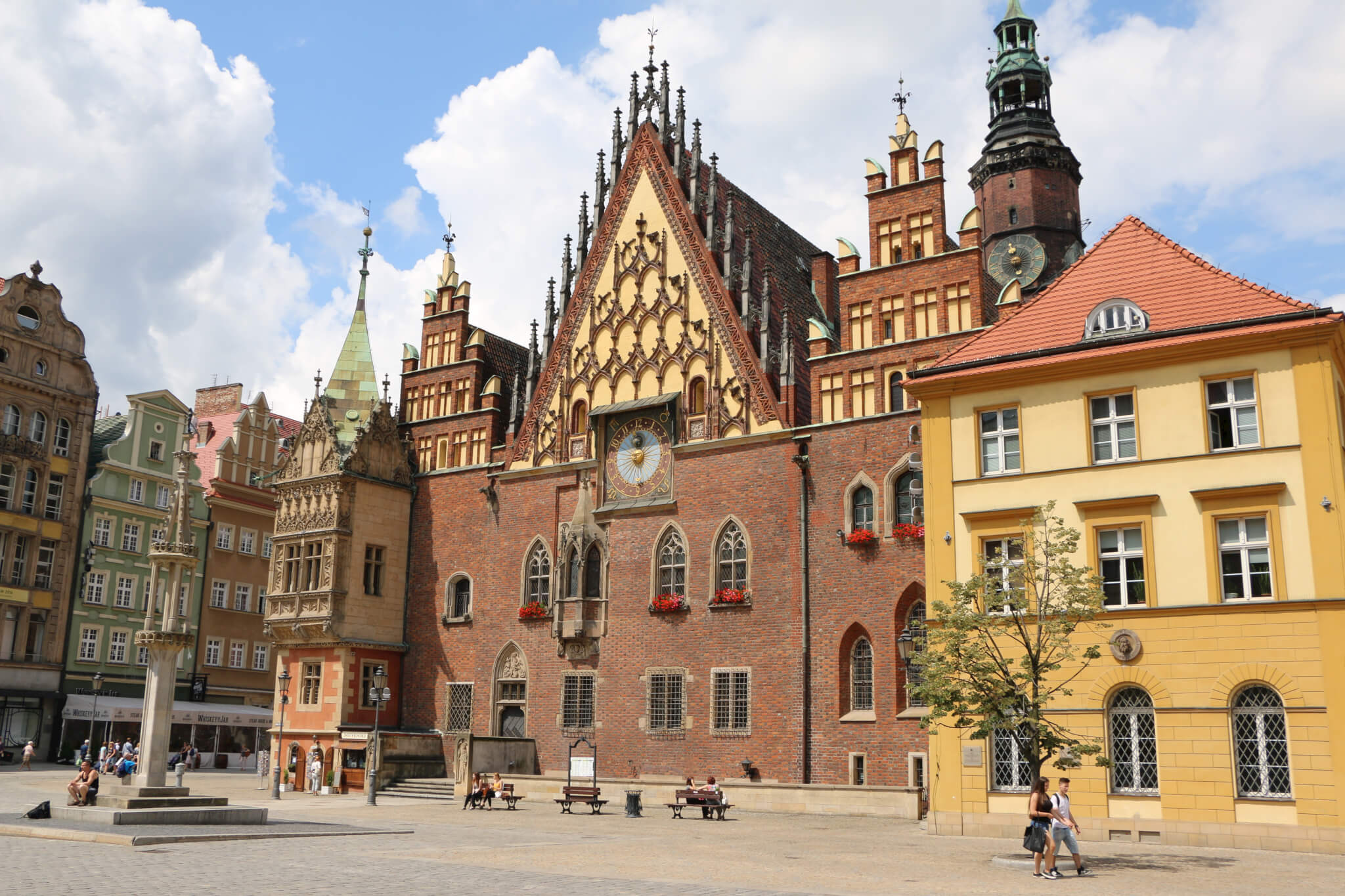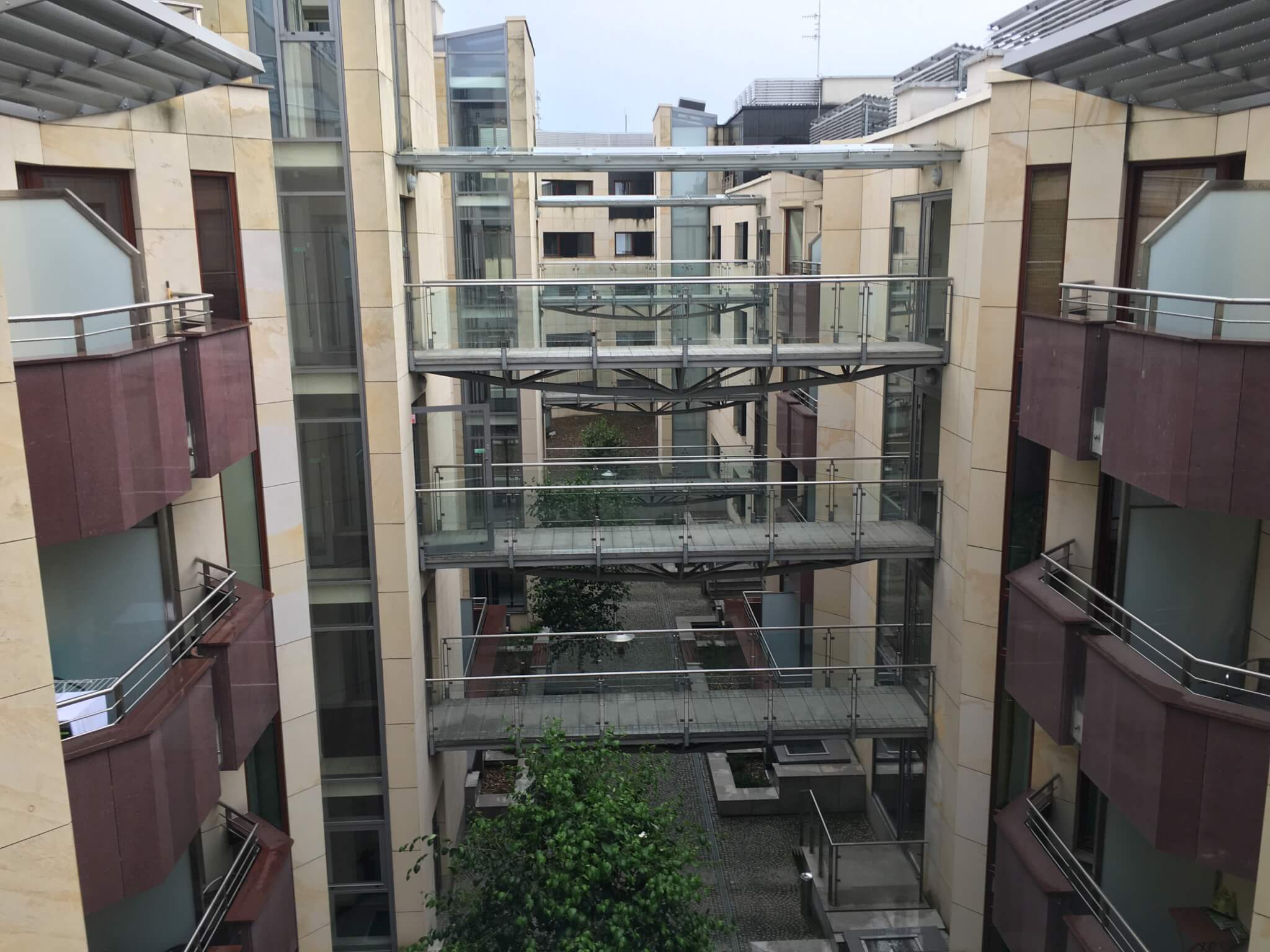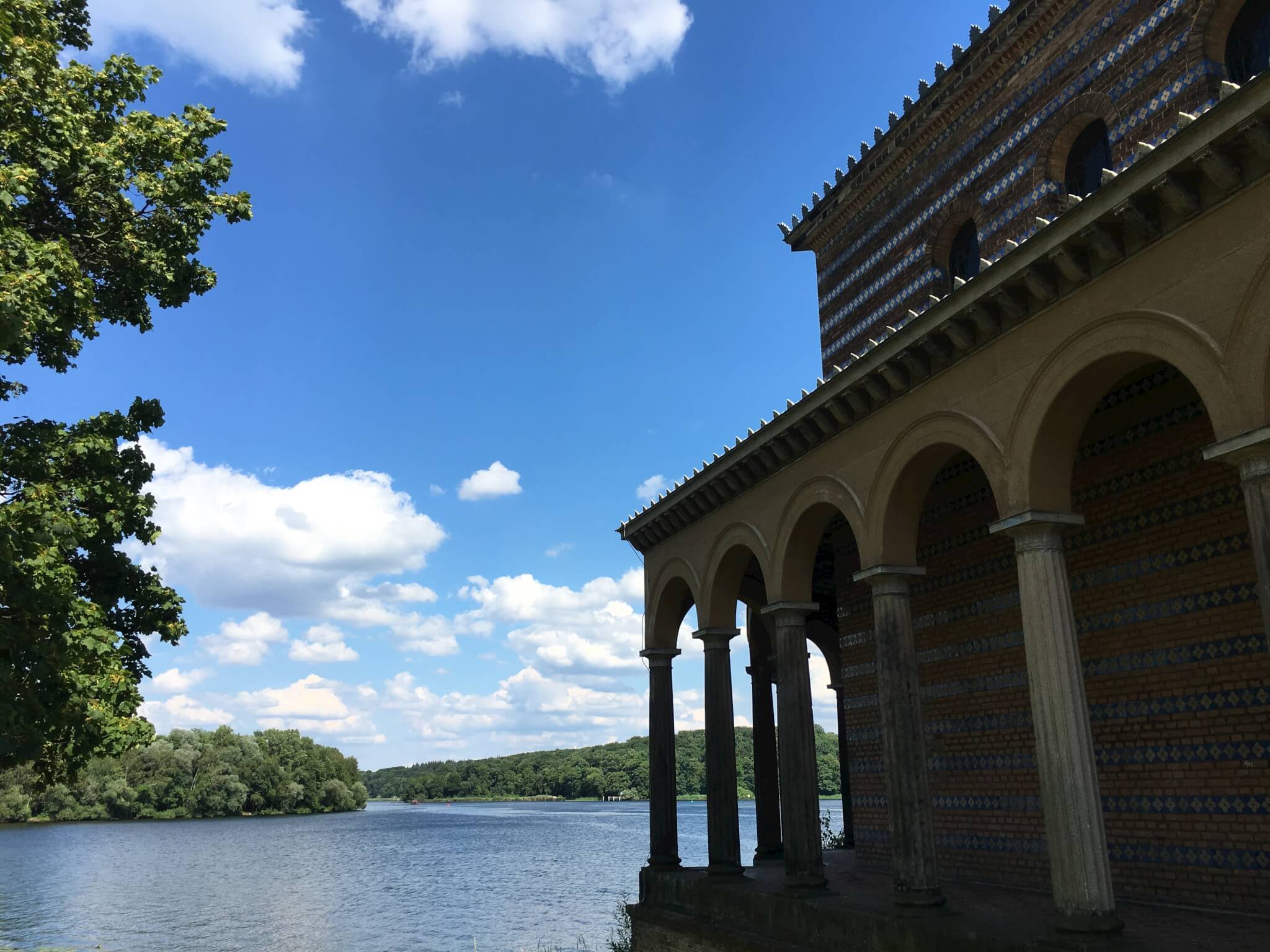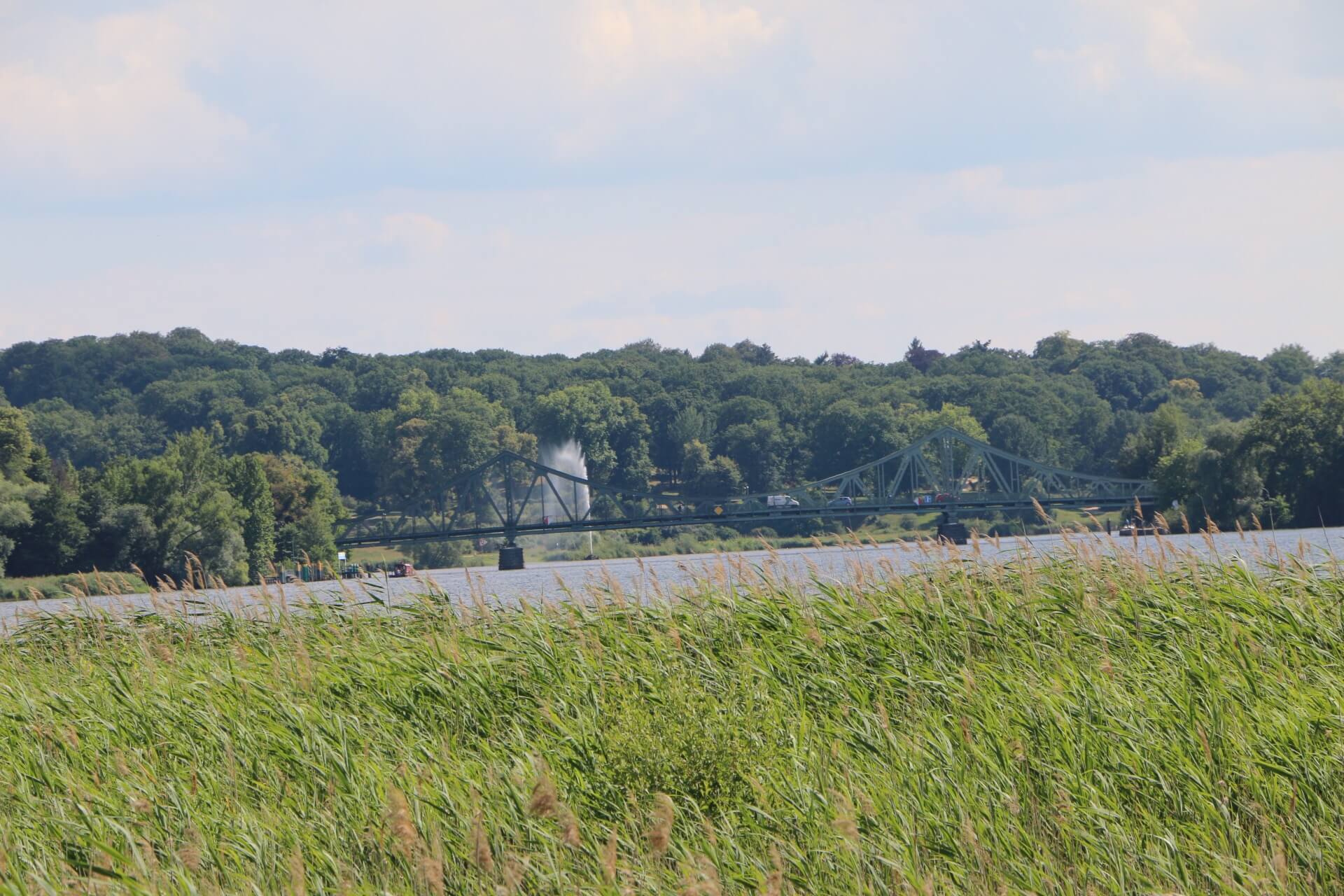The Japanese garden of Wrocław, Poland is part of the park Szczytnicki and located close to the centennial hall. You’ll have to pay a fee to visit this place but it is worth the price: you’ll find a typical Japanese stone garden, a lake, bridges and a Japanese house. It has been created in 1913 and changed multiple times afterwards. Continue reading “Japanese garden”
Centennial hall
The centennial hall in Wrocław, Poland is located a bit outside of the center – between the zoological garden and the park Szczytnicki, a nice place for a long walk. You can reach the area conveniently by street car. The Hala Stulecia has been built as the Jahrhunderthalle (while the city has been called Breslau) between 1911 and 1913. Continue reading “Centennial hall”
Aquapark
There is nothing better on a hot summer day than a jump into a big pool of water. In Wrocław, Poland there is the Park Wodny or Aquapark not far away from the main railway station. It is not very big and quite crowded when temperatures are high – but it is nice experience. Continue reading “Aquapark”
Archikatedra św. Jana Chrzciciela
The cathedral of Wrocław, Poland is located outside of the city center but it is a very nice walk over there because you’ll have to cross a beautiful river island and nice bridges. The church named after St. John the baptist has been built from 1244 on in gothic style. Continue reading “Archikatedra św. Jana Chrzciciela”
Ratusz and Rynek
The town hall or Ratusz is the town’s landmark of Wrocław, Poland. The first document showing its existence dates back to the year 1299 and over the years it served for administration tasks and as a court – today it is a museum. The building is located on one edge of the Rynek, a ring in the city center that is in fact a square. Continue reading “Ratusz and Rynek”
Exclusive Apartments
While searching for a place to stay in Wrocław, Poland we found a company offering apartments in the city center, directly opposite to the shopping center Galeria Dominikańska. From there it is only a short walk to the town hall and the Rynek. Continue reading “Exclusive Apartments”
Berlin Zoo
The “Zoologischer Garten Berlin” is the oldest zoological garden in Germany. Martin Hinrich Lichtenstein, zoologist of the Friedrich-Wilhelms-Universität Berlin (today: Humboldt-Universität zu Berlin) persuaded king Frederick William IV of Prussia in 1841 to give money and land for a zoological garden. Today 18.000 animals of 1.400 species are living there. Continue reading “Berlin Zoo”
Fish mob
The aquarium in Berlin, Germany is part of the zoological garden. You can visit it solely or buy a combined ticket. It has been opened in 1913 and looks a bit old-fashioned: no big tanks, no glass tunnels to walk through; only classic fish tanks with the most beautiful fishes of the world. In addition reptiles, frogs and butterflies can be found here, too. Continue reading “Fish mob”
The Heilandskirche
If you leave Berlin, Germany via Kladow you won’t recognize that you have left Berlin and entered the federal state of Brandenburg. On small roads you can reach Sacrow, belonging to Potsdam. This place offers a small castle, a wonderful park and directly at the river Havel, the Heilandskirche. Continue reading “The Heilandskirche”
Agents gateway
The Glienicker Brücke is a bridge spanning the river Havel and the cities Berlin and Potsdam in Germany. Therefore it was a bridge from the FDR to the GDR while Germany was devided. Because of its remote position it was used as a checkpoint for military staff and a place to exhange secret agents that have been captured. Continue reading “Agents gateway”


